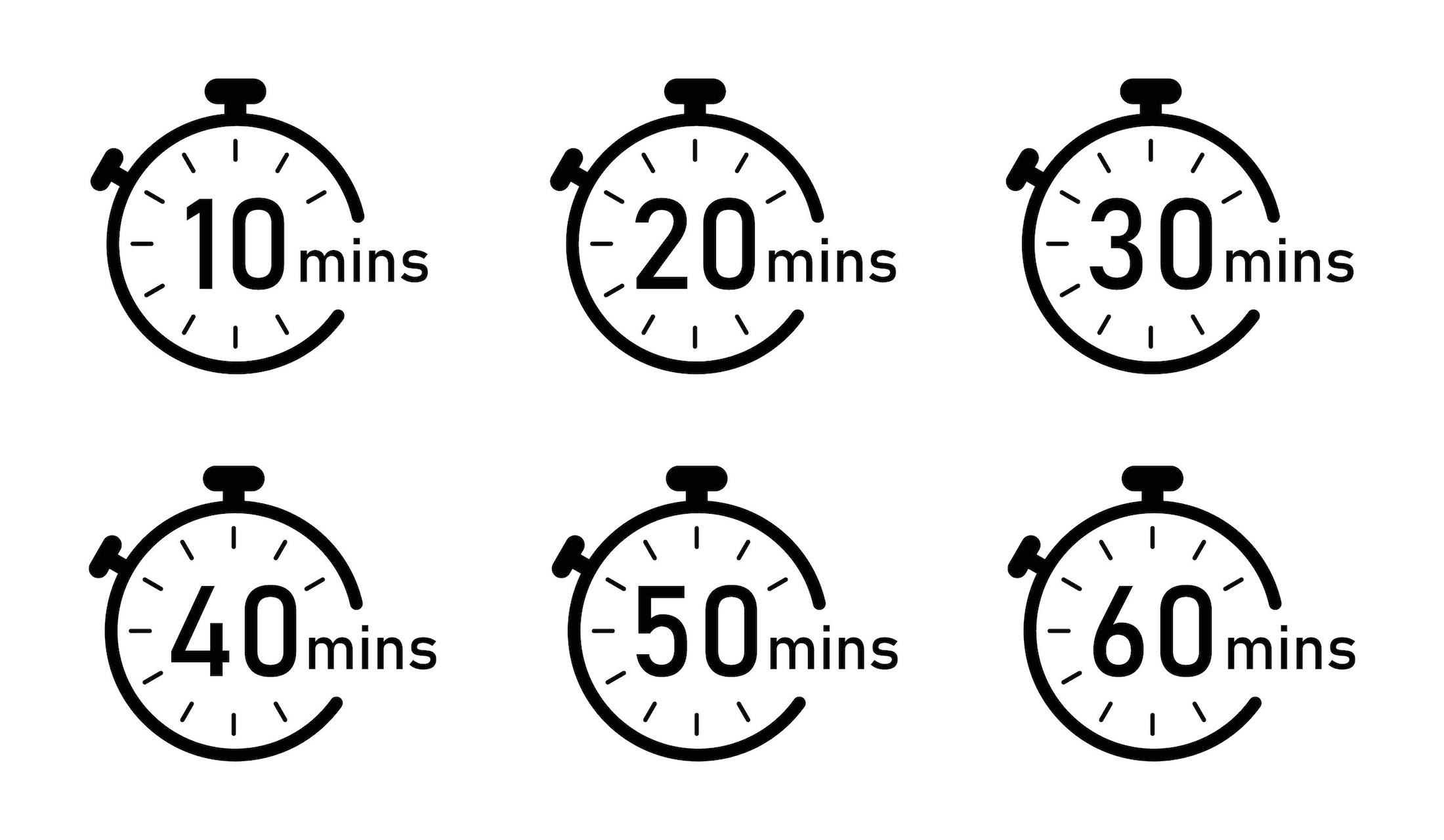Nov 14, 2023
Media interviews can be like the elimination round of World Cup soccer.
You don’t have to be a fan to understand that with a 1-0 lead and seconds left, it just takes one kick to create uncertainty about whether your team wins or is knocked out. Everything your team did well up until that moment is forgotten.
In an interview, the journalist acts as the opposing team. Communications advisors know that a similar danger of “blowing it” exists in the final moments of interviews. The interviewee has been fully focused, delivering the agreed upon ideas with a range of illustrative and insightful supporting evidence. The challenge, in the final moments, is to end on message. Don’t allow the journalist to score a game winning goal in the final seconds.
By the end of the interview, the reporter should have a good story. But reporters are often asked to get more than that. And it’s often in the final moments, when saying goodbye, that they may casually ask unexpected questions. Phrases that mark a departure from the previous line of questioning may sound like, “Look, while I’ve got you…”
Consider the Sound Bite
You want a sound bite to come from one of your key messages, not a gaffe.
In 2009, Goldman Sachs was trying to get ahead of the reputation curve after the global financial crisis. Then-CEO, Lloyd Blankfein, agreed to be shadowed by a reporter for two days as part of this outreach. John Arlidge, the reporter, asked his final question, and Blankfein responded that he is a banker, “doing God’s work.” That was the headline of the Sunday Times newspaper as well as the sound bite used by late night comedians.
The folklore among journalists is that final exchange occurred as the two were on their way to the elevator. Maybe Blankfein took his eye off the ball, or let his guard down a little too much. Either way, Arlidge scored a winning goal. That phrase stuck with the bank, and its leaders, every time they did anything that might have seemed to be the opposite of God’s work.
What can be done to prevent losing the match in the final moments?
Control the Narrative
Exercising control throughout an interview is difficult but essential. The final moments are about slowing down and staying on message.
- Use the A-I-R framework: Affirm, Illustrate, Recap. This will help you find ways to revisit things you’ve already said, reinforce key ideas with an example, and provide a good summary to the interaction. You want to close the interview on a key message, not with an improvised answer that opens a Pandora’s box of new questions.
- Don’t react to unreasonable questions. If a question is meant to bait you into speaking to something you have no business speaking to, say so. “If you’re asking about our competitors, you should ask them. I can’t speak for anyone else.” Or, “I can’t comment on individual clients as a matter of company policy, as I’m sure you understand.” Or, “As it’s a matter currently in the courts, I’m not able to speak to the topic directly.” You may need to repeat this, with a smile, to firmly shut the door on this type of question.
- Be comfortable with a moment of silence. Avoid a snap response by just saying nothing for a beat. Don’t be the person who says, “I can’t really talk about that,” but then continues for five minutes on the same subject. I’ve written about “The Power of the Pause,” before, emphasizing how it can be a tool to control rhythm in public speaking. But, a pause can also help you collect your thoughts.
Finally, it is possible to exercise some authority in the final moments of the interview when you feel that the core ideas have been delivered. Ask, “Have you gotten what you need?” This sends a soft signal that the interview is almost over. It makes it harder for the reporter to try anything too troublesome in the final seconds. To return to our sports metaphor, wrapping up the interview on your own terms avoids double overtime or sudden death penalty kicks. When you are leading on the scoreboard, preserve your win.
Follow me on LinkedIn. Check out some of my other work here and purchase my book here.





